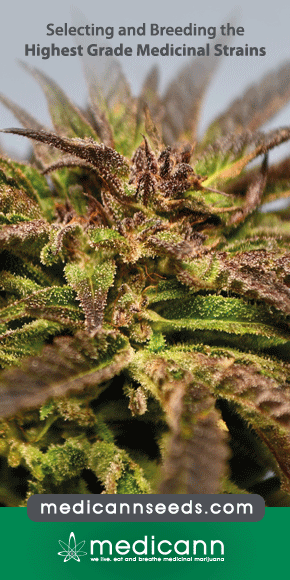Cannabis in palliative care: current challenges and practical recommendations
Pain and symptom control challenges are common in palliative care, and the search for other therapeutic strategies is ongoing. Unfortunately, patients and their caregivers are receiving little information or support from healthcare providers regarding the increasingly popular cannabinoid-based medicines (CBM). As this class of therapeutic agents are likely to play a major role in palliative medicine in the near future, clinicians would benefit from familiarizing themselves with CBM and we can expect that patients and their caregivers will appreciate receiving support in their search for safe and effective therapeutic alternatives.


